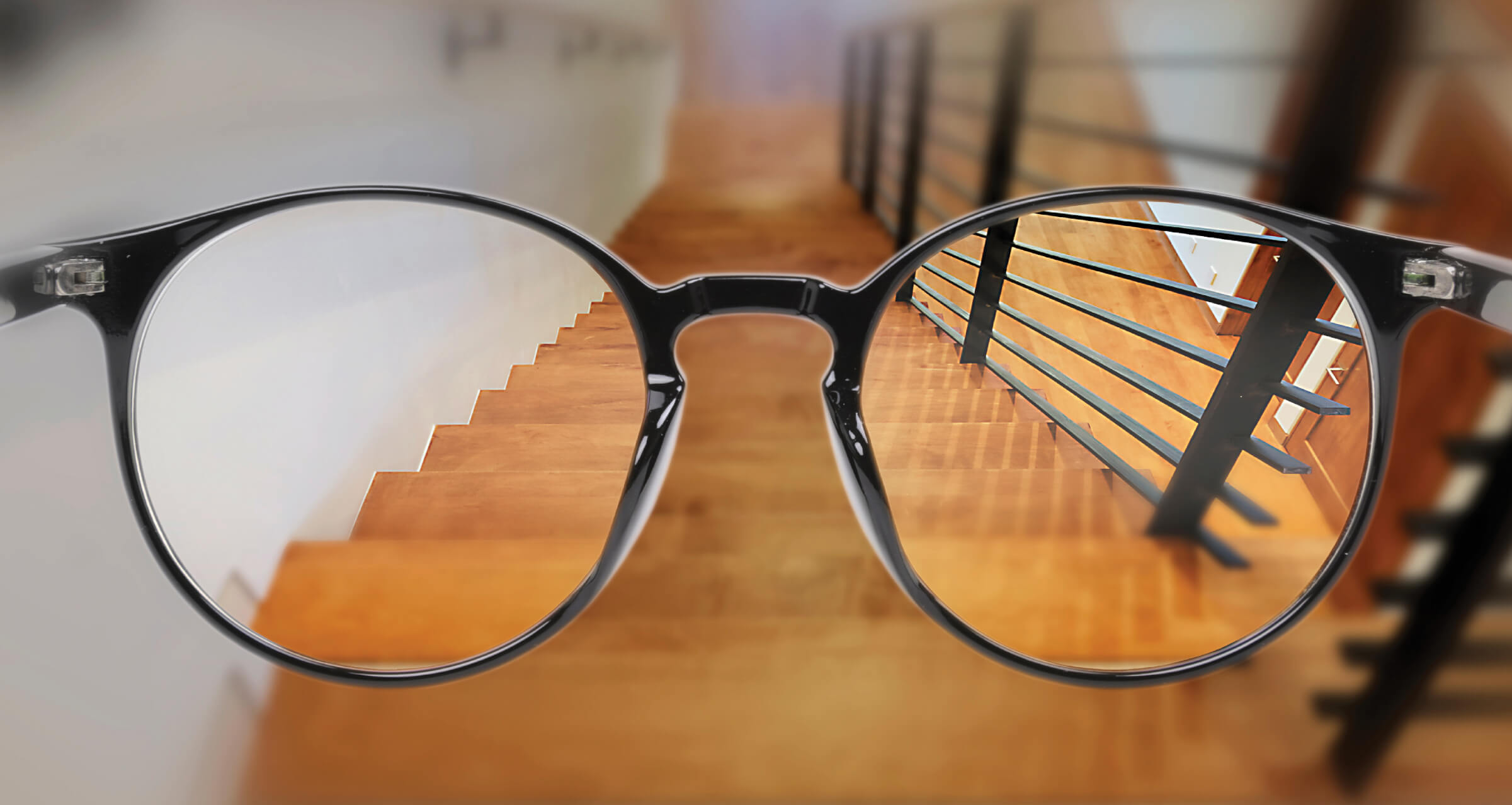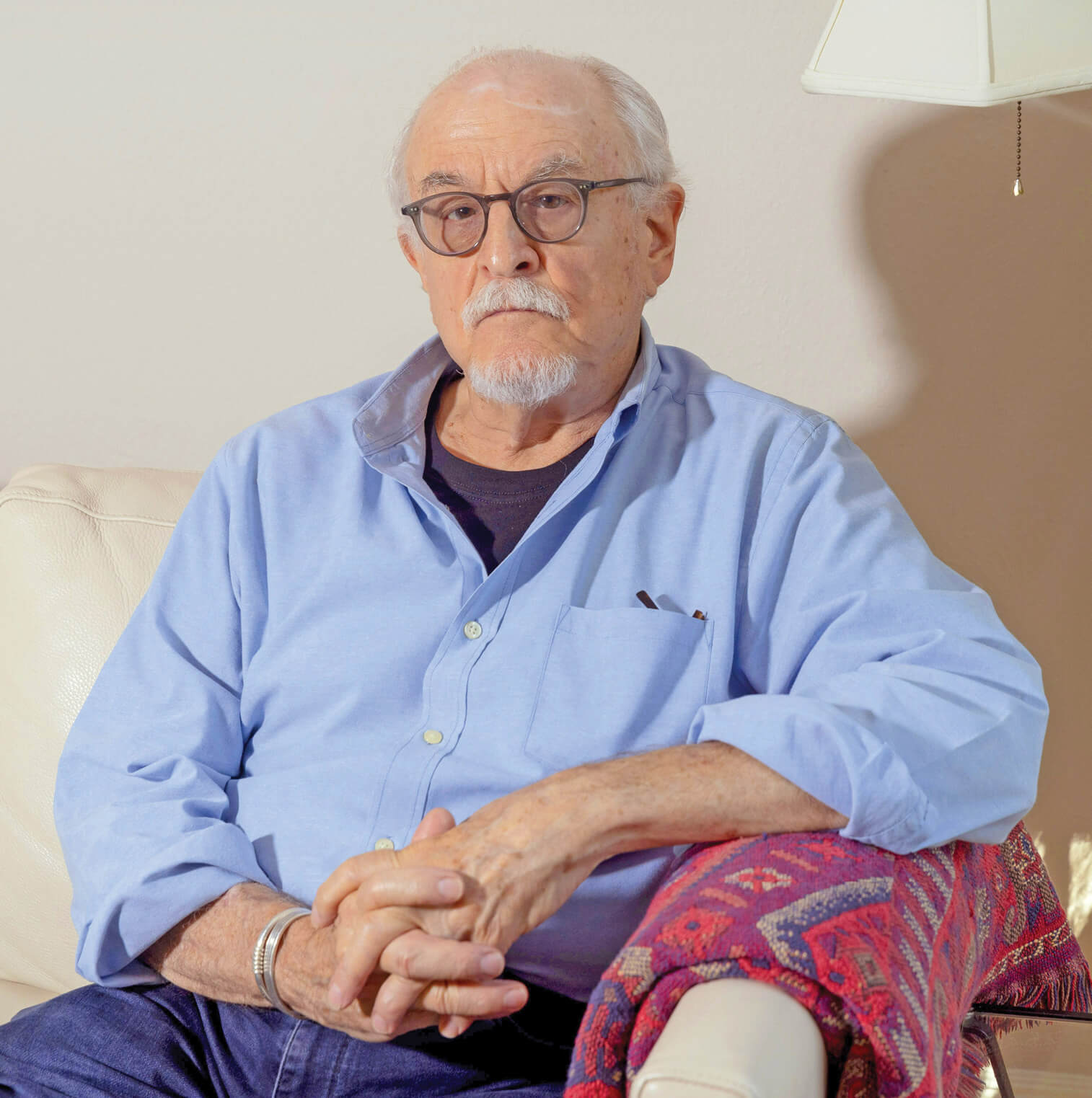Your Health
THE HIDDEN DANGER OF PROGRESSIVE LENSES
Your glasses could put you at risk of serious falls

Iam a healthy and physically fit 73-year-old. I exercise four or more days a week for at least an hour, and I’m strong and spry enough to chase, capture and tickle my five grandchildren. Even in my 60s, my doctor joked that I could probably still pass the Marine Corps physical.
So I was stunned to suffer not one or two but five serious falls this past year—two on staircases and three tripping over unseen obstacles and drop-offs right at my feet—landing me in the emergency room three times. The combined injury toll was a badly broken collarbone, a severely sprained ankle that put me in a boot for two months, a facial scar, two mild concussions and four staples to close a gash in my head.
The American Public Health Association (APHA) reports that a variety of health care organizations and governmental agencies recognize falls for adults 65 and over as an “urgent national public health crisis”; it’s the leading cause of injury-related deaths in people 65 and up, according to the Centers for Disease Control and Prevention. There’s a reason why some older adults take bad tumbles, and it’s not because we’re frail.
It’s because of our eyeglasses.
A PRESCRIPTION FOR FALLING DOWN
Last November, the APHA urged the nation’s health professionals to carefully screen for patients at highest risk of falling, and identified 10 major causes contributing to the 3 million emergency room visits and 38,000 fall-related deaths among older adults, including medications, physical inactivity, dementia, neurological and metabolic disorders such as diabetes, and “vision impairment.”
What’s not spelled out is that when it comes to impaired vision and falls, the glasses themselves could be the danger: Several scientific studies have found that older people like me who wear multifocal eyeglasses—progressives, bifocals or trifocals—to correct both near- and farsightedness were approximately twice as likely to suffer falls than those wearing single-vision lenses. A compilation of studies in the Journal of Refractive Surgery found that those with multifocal lenses are three times as likely to trip and fall when walking outside the home.
“As optometrists and ophthalmologists, we don’t see falling as a problem,” says Daniel H. Chang, M.D., a California ophthalmologist who wrote the study. “Because if the patient trips and falls, they don’t come and complain to us. They usually go to the hospital—or a funeral home.”
The reason those of us with multifocal lenses are at increased risk of falls is that these types of glasses make it harder to see the ground below us. This is not a new finding. The newsletter Harvard Women’s Health Watch summarized the multifocal problem in 2010: “When we walk, we normally see the ground from a distance of five-to-six feet, but the focal length of the lower segment of multifocal lenses is only slightly more than one foot. Consequently, our view of the ground is … impaired at precisely the distance you need to detect and avoid ground-level obstacles.”
In the largest randomized controlled scientific trial to date, Australian researchers in 2010 tracked 606 people 65 and up who wore multifocals over 13 months. Among active people who went outside at least three times a week, those who switched to single-vision lenses for distance when walking outdoors fell 40 percent less than those who wore their multifocals, says Stephen Lord, senior principal research fellow at Neuroscience Research Australia and professor at the University of New South Wales, who conducted the study. He describes walking with multifocals instead of single-vision lenses as a form of “elective disability.”

Author Peter Perl warns of an unseen fall risk.
A PROGRESSIVE PROBLEM
I had fallen repeatedly for these precise reasons, tripping over unseen obstacles and failing to see that what appeared to be the bottom step on the staircase was really not the bottom step. In some 25 years interacting with my optometrists and opticians about progressives, I can recall only generalized cautions that they might take some getting used to.
So why was I never more strongly warned?
Part of the reason is that adults who start wearing progressives in their 50s or thereabouts generally do not encounter problems at first. It’s not until we get older and may require stronger prescriptions for the reading portion of the lens that the problem can arise. The increase in prescription strength often coincides with health issues such as balance and reaction time, further increasing the danger. “A lot of patients don’t realize they’ve hit a new demographic where it’s more dangerous,” says Andrea Thau, a New York–based doctor of optometry and past president of the American Optometric Association.
Compounding the problems faced by older people is the fact that the U.S. has a patchwork of lax or nonexistent licensing and certification for opticians, says James M. Morris, CEO of the United Opticians Association and former executive director of the American Board of Opticianry & National Contact Lens Examiners (ABO & NCLE), the organization that certifies opticians. Among the 50 states, 26 require no licensing for people calling themselves opticians, Morris said, and three of the 24 licensing states have no requirement that licensed opticians keep up on their education and training.
“If you are in a nonlicensed state, your optician could have been flipping hamburgers yesterday and then hang a shingle and say, ‘I’m an optician,’ ” Morris explains. In most states, opticians are the only medical professionals who can fill a specialized prescription for a specially fitted product but are not required to have any training to do so, Morris says. Bottom line: If you wear progressives, you should take care to get your glasses prescribed by an optician licensed by the ABO & NCLE.
SMALL HASSLES, BIG PAYOFF
Of course, progressive lenses are tremendously valuable. But even the most well-crafted progressives may not be right for every circumstance, Thau says.
“A lot of times I’ll say to the patient, ‘Well, you have this progressive pair, maybe it’s a good idea to get a single-vision. You’re less likely to fall,” Thau says.
But, she adds, patients often don’t want the hassle of carrying two pairs. For those who insist on wearing just multifocals, she cautions older patients to “drop your chin” when walking on stairs or uneven surfaces, because that allows you to look through the upper part of the lens—the portion that allows you to focus better at a distance—so you can see clearly at your feet.
Since my falls, I have become an evangelist about the danger of progressives and the importance of bringing along a single-lens pair. When I’ve talked to older friends and family, I’ve been struck by how many have stories similar to mine but never made the connection to their multifocals.
So I have a strict new protocol: Whenever I leave the house, I put on my single-lens glasses and stow my progressives in a thin case in my pocket. The difference is stunning. Walking on an uneven sidewalk, I have clear vision at my feet instead of a grayish blur. My routine now is to put on my progressives once I get in the car, so I can read the GPS. Yes, switching is a hassle, but I’m confident it will help prevent fall no. 6, so I can keep chasing and tickling my grandchildren for years to come.
Retired journalist Peter Perl was a writer and editor at The Washington Post for 33 years.
Comparing Types of Lenses


SINGLE-VISION LENSES
Distance lenses (for nearsightedness) pose no additional threat of falls. Reading glasses may, and should only be worn for close-up work, not when walking.


BIFOCAL LENSES
Bifocal lenses have a distinct line separating distance and close-up vision enhancement. They may pose an increased risk for falls.


PROGRESSIVE LENSES
Progressive lenses change (progressively) from distance viewing at the top to close-up reading at the bottom. They may pose an increased risk of falls.